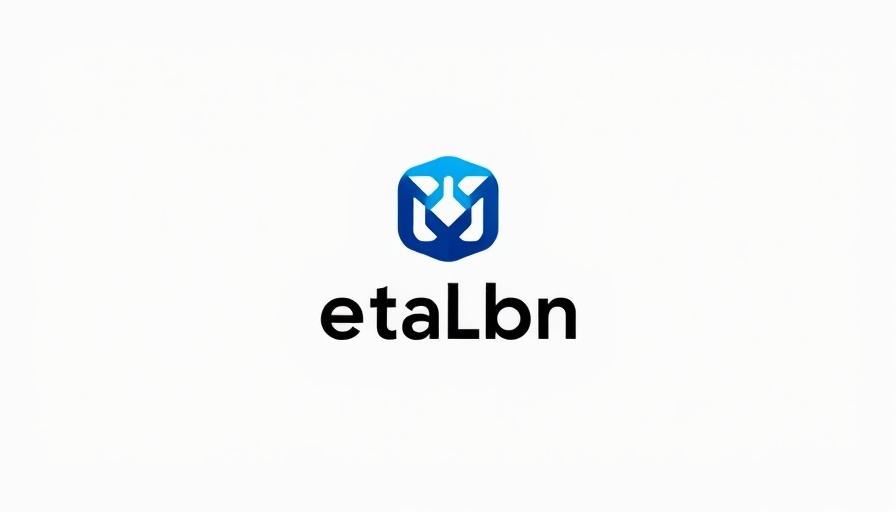
Understand the Frequency Puzzle in Social Media
For business owners in today's digital landscape, determining how often to post on social media has become a critical question. With numerous platforms vying for attention, the key lies not in simply adhering to a frequency guideline but in curating a strategy that resonates with your audience. Experts agree that striking the right balance is essential. Too few posts can lead to being forgotten, while excessive posting risks audience fatigue.
The Importance of Tailoring Your Approach
While numerous articles throw out statistics suggesting ideal posting frequency—whether it’s 3-5 times on Instagram or 2-3 times weekly on LinkedIn—it's vital to consider your specific audience and industry. As David Hartshorne points out in his analysis, every brand's needs are different. For instance, restaurants may thrive on more visual content while tech companies could benefit from expertly crafted informational posts. Tailoring your content to the nuances of each platform is crucial.
A Focus on Quality Over Quantity
One common misconception is that frequency is paramount. A growing body of evidence, including insights from Scott Stratten's 'Brand Pulse' concept, suggests the quality of content trumps frequency. Social media platforms are evolving, and the algorithms tend to favor high-quality posts that engage users rather than a deluge of mediocre content meant to simply fill a quota.
Finding Your Brand's Sweet Spot
Imagine a scenario where your audience anticipates your posts—this scenario is achievable through consistency and relevance. Instead of focusing solely on how many times to post, consider setting a content calendar that allows your business to be both proactive and reactive. Whether you're posting twice a week or every day should depend on what your analytics tell you about your audience's preferences.
Specific Guidelines for Social Media Platforms
Research highlights some effective benchmarks for posting frequency across different platforms: Posting 3-5 times per week on Facebook and Instagram can maximize engagement without overwhelming followers, while on X (formerly Twitter), 3-7 tweets per day can help keep content fresh and relevant. LinkedIn allows for 2-3 professional interactions weekly, fostering a thoughtful approach to business networking.
Leveraging Insights for Optimal Strategy
Many social media managers overlook the potential of post analytics. Platforms like Instagram and Facebook offer insights that can guide content adjustments. Regularly evaluating these insights can help you adapt and maximize engagement. The half-life of a social media post, for example, varies significantly between platforms and should inform your posting strategy—an Instagram post may attract attention for 24-48 hours, while a tweet might only last 10-25 minutes.
Crafting the Ideal Content Mix
Let’s discuss content diversity—a blend of visuals, informative posts, and audience interaction can create a more engaging social media presence. For instance, companies in the health and beauty sector report that video content garners higher engagement rates. Keep experimenting with post formats, frequencies, and audiences to discover what works best.
Conclusion
Navigating the complex world of social media posting frequency necessitates a blend of strategic thinking, audience insights, and creativity. Adaptability and quality are the cornerstones of a successful social media strategy. Make sure you're not just in your audience's feed, but also creating valuable, engaging content that fosters lasting relationships. With the right approach, you can not only grow your business but also build a community around your brand.
If you’re interested in further refining your social media strategy, consider exploring how a platform like Sendible can assist you in tracking engagement metrics and audience behaviors. Not only will it save you time, but it can also significantly enhance your social media effectiveness.
 Add Row
Add Row  Add
Add 




Write A Comment